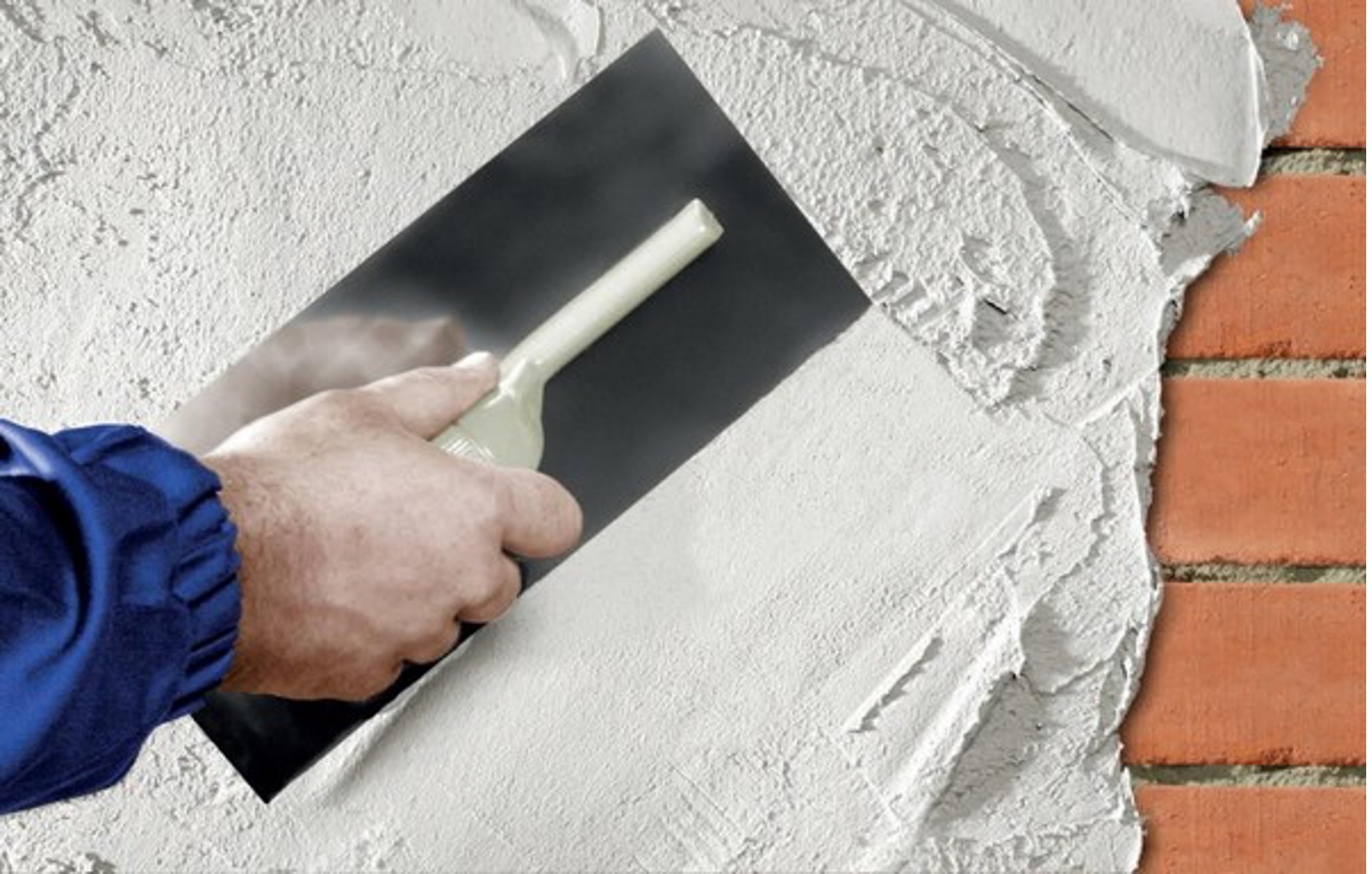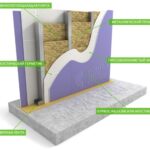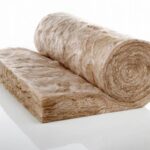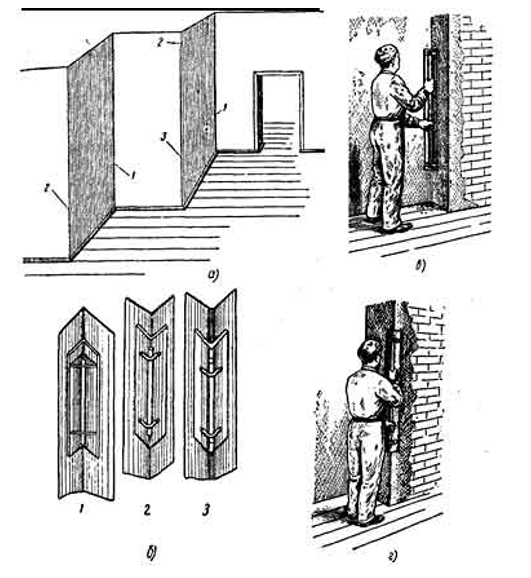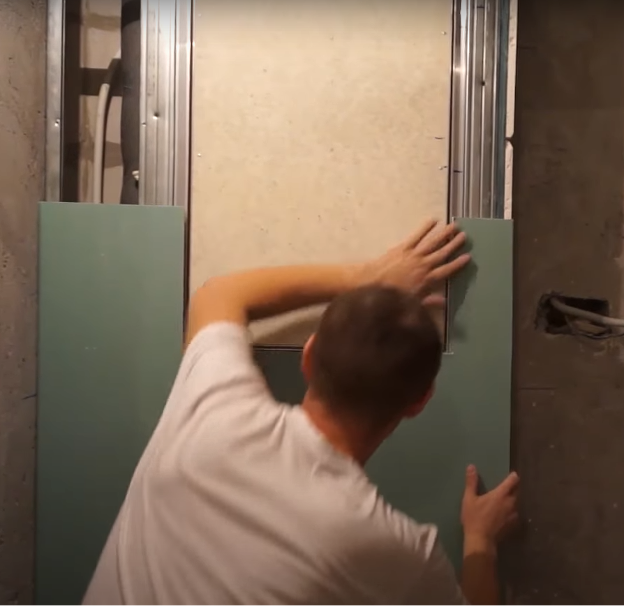Strengthening the balcony parapet from foam blocks before glazing: how to do it
Insulation of the balcony parapet is carried out before glazing the structure or after that. In any case, permission from the management company is required, since installation of insulation involves an increase in the load on the balcony slab. How to properly perform the work is described in the presented material.
The content of the article
Do I need a permit for insulation?
We can say about the balcony parapet that it is a fence that is attached directly to the concrete base. Usually this is a slab on a frame, having 3 sides - 2 side (usually identical) and one front (the longest). The height of the parapet is at least 100 cm or at least 110 cm (if the height of the house is more than 30 m).

In old houses, this part of the structure does not have insulation, so owners often make a parapet from foam blocks, polystyrene foam, mineral wool and other materials. It must be borne in mind that the parapet itself, the canopy and the side walls are the property of the apartment owner. But the balcony slab belongs to common property, for the maintenance of which the management company is responsible.
Sometimes it is necessary to strengthen the balcony before glazing, because upon completion of the work the load on the slab increases greatly.But even if it is relatively new, the owner must submit an application to the management company and wait for the commission to arrive and issue an inspection report and permit.
It is worth keeping in mind that in some cases it is necessary to replace the parapet on the balcony:
- the fence is too old and worn out;
- it is necessary to free up additional space in order to slightly increase the area of the balcony (thanks to this, the use of even bulk insulation will be almost invisible).
Step-by-step instructions for insulating foam blocks
Insulation of a balcony parapet is carried out using different materials. One of the most popular are foam blocks of brands from D600 to D700. This is a durable insulation that protects well from the cold, does not rot, does not mold and practically does not absorb moisture. Since the height of the parapet on the balcony is standard 1 m, it is enough to simply calculate the number of blocks and, if necessary, cut out the missing fragments.
Installation is carried out in several stages:
- Clean the slab from dirt.
- If the floor is very old, refill the screed and install waterproofing.
- Take measurements and mark the places where the insulation material will be located.

- Determine the required number of blocks - whole and cut.
- In order for the parapet cladding to be done correctly, first install a metal profile in the shape of the letter “P”.
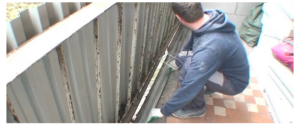
- Prepare the solution and begin to finish the parapet from aerated concrete blocks. Lay the first row, and the second and subsequent ones in a checkerboard pattern.

- Laying a parapet involves first installing whole blocks, and then fragments adjusted to the size of the fence.
- The side walls need to be pulled directly to the wall of the house. Therefore, reinforcing bars are first hammered into the ends of each row.
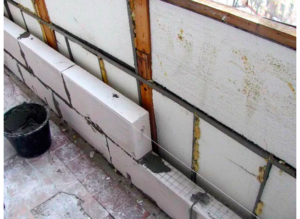
- At the last stage, the blocks need to be primed, both outside and inside. This may require the services of industrial climbers.

The parapet can also be insulated with mineral wool. This is an environmentally friendly, durable material that protects well from the cold. But rolls can quickly deteriorate due to high humidity. Therefore, during installation it is necessary to use high-quality vapor and waterproofing.

